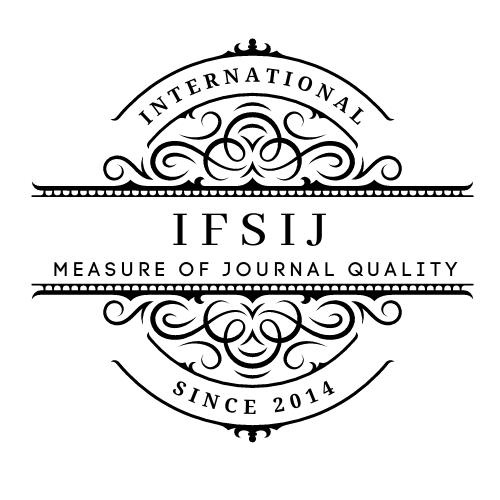DEVELOPING OF VIRAL INFECTIONS IN HEMATOPOIETIC STEM-CELL TRANSPLANT (HSCT) RECIPIENTS
Keywords:
hematopoietic stem-cell transplant (HSCT), herpes simplex virus, cytomegalovirus, varicella-zoster virus, human herpes virus, Epstein- Barr virus (EPB)Abstract
Transplantation of hematopoietic stem cells from bone marrow or from peripheral or cord blood for cancer, immunodeficiency, or autoimmune disease results in a transient state of complete immunologic incompetence. Immediately after transplantation, both phagocytes and adaptive immune cells (T and B cells) are absent, and the host is extremely susceptible to infection. The reconstitution that follows transplantation has been likened to maturation of the immune system in neonates. The analogy does not entirely predict infections seen in HSCT recipients, however, because the new cells mature in an old host who has several latent infections already.
Downloads
Published
Issue
Section
License

This work is licensed under a Creative Commons Attribution-NonCommercial-NoDerivatives 4.0 International License.















